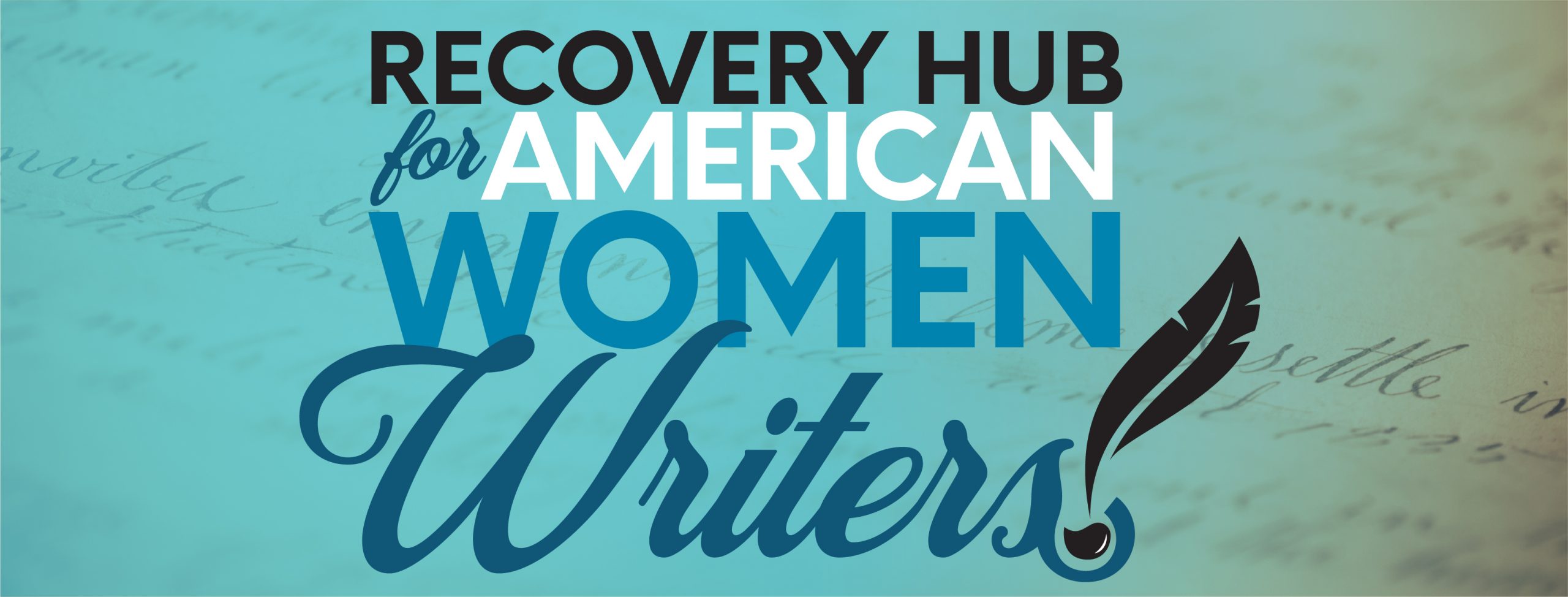Project Showcase: “The Yellow Wall-Paper” Digital Edition
Recovery Hub project showcases synthesize materials submitted by the project team and reports from peer reviewers to highlight the interventions of peer reviewed projects from a variety of viewpoints.
Project URL:
https://yellowwallpaperedition.com/
Project Team Materials
Project Team
- Deanna Stover, PhD, Director and Lead Editor
- Rebecca Norton, Research Assistant and Co-Editor
Project Abstract
“The Yellow Wall-Paper” Digital Edition is an open-access digital edition of the famous short story by Charlotte Perkins Stetson (or Gilman, as she is more commonly known). This edition provides an interactive comparison of both Stetson’s manuscript from 1890 and the first publication of “The Yellow Wall-Paper” in New England Magazine from 1892. The site also includes Stetson’s (then Gilman’s) 1913 article from The Forerunner, “Why I Wrote the Yellow Wallpaper,” along with an About the Site page and an Introduction. Made, in part, by students for students, this edition is meant to provide an easy entry to textual study, allowing students to see how a text is not stable while asking them to note variants between the two texts for further analysis.
Project Description
“The Yellow Wall-Paper” by Charlotte Perkins Stetson was first published in New England Magazine in January 1892, making 2022 the 130th anniversary of the text’s publication. Later “rediscovered” by feminists, this piece is now standard reading in high schools and colleges alike. The manuscript and periodical pages of “The Yellow Wall-Paper” have been digitized as high-quality images by the Schlesinger Library’s Charlotte Perkins Gilman Digital Collection as part of the Radcliffe Institute for Advanced Study at Harvard University, but to our knowledge (until now) no critical digital edition that compares the manuscript and periodical existed, although there are interesting changes between these two versions. Shawn St. Jean edited a 2006 print edition of “The Yellow Wall-Paper” that shows the variants between the manuscript and periodical, however it is difficult for students to access and read (as dual-text print editions tend to be).
“The Yellow Wall-Paper” Digital Edition is currently divided into four sections: About the Edition, which details how to use the site; the Introduction, which provides some context for “The Yellow Wall-Paper” and which makes an argument for the digital edition; “The Yellow Wall-Paper,” which provides an interactive, side-by-side comparison of the manuscript and periodical versions of Stetson’s short story; and “Why I Wrote the Yellow Wallpaper,” an article written by Stetson (then Gilman) in 1913 that discusses the “rest cure” of the late-nineteenth and early-twentieth centuries.
“The Yellow Wall-Paper” transcriptions are based on the digital page images available through the Schlesinger Library. The transcription of “Why I Wrote the Yellow Wallpaper” is based on the HathiTrust scans of The Forerunner article. For both the manuscript and periodical pages of “The Yellow Wall-Paper,” we have provided facsimile page images embedded within the transcriptions. We have also added cropped screenshots of the illustrations from the periodical within the transcriptions themselves. All of our transcriptions are coded using the TEI P5 schema, and the XML files are available for download on our website.

Reviewer Highlights
Reviewed by Nicole Gray and Jana Tigchelaar
Summary of the Project’s Place in the Humanities
Charlotte Perkins Gilman was an important figure in Progressive Era reform and the women’s rights movement. “The Yellow Wall-Paper” (1892), the story that forms the focal point of this edition, has become by far her best-known work, taught and cited widely as an example of everything from gothic literature to medical history. The editors point to the lack of a critical digital edition that combines ready access with a representation and discussion of the differences among versions of the story. This digital project builds particularly on the work of Shawn St. Jean and Julie Bates Dock, both of whom have similarly traced the editorial and publication history of the story. It provides a freely accessible digital side-by-side comparison of Stetson/Gilman’s original manuscript and the 1892 publication of the story that is digitally annotated in a number of useful ways. As a digital humanities project, this edition thus fills a gap and offers a straightforward, easily navigable interface that allows readers to explore two important versions of the story.

Summary of the Project’s Use of Technology
The project transforms transcriptions encoded according to the most recent guidelines released by the Text Encoding Initiative (TEI) into an interactive dual-text digital edition with various options for viewing the text. The optional simultaneous scroll and highlighting make it easy to see differences between the manuscript and periodical versions. Digital surrogates allow comparison of the transcribed text to the original, and illustrations are helpfully embedded in the text for the periodical version. The TEI is available for download, and the project also links out to the Schlesinger Library’s Charlotte Perkins Gilman Digital Collection, connecting the user of the edition to a much broader set of digital and archival materials. The annotated side-by-side document comparison uses various forms of highlighting, underlining, pop-up annotations, and other digital visual cues to illustrate comparative analyses. This is done so in a way that is compelling, unobtrusive, and informative.

Other Important Contributions of the Project
Because of the publication and editorial history of “The Yellow Wall-Paper,” which specifically features editorial changes that can dramatically shift the interpretation and reception of the text, the editors believe an open-access digital edition that includes transcriptions of both the manuscript and periodical along with page images of the original documents is useful for both scholarly readers and students. The edition, which the editors describe as “made, in part, by students for students,” is likely to be a great resource for educators. It is freely available and addressed to a broad audience. The introductory text is approachable and potentially confusing terms are clearly defined. Users are given navigation instructions and have the option of producing more readable clear-text versions of the manuscript and periodical text. The edition also has a carefully crafted attribution approach that credits the work of all contributors.

